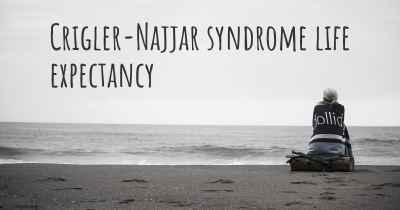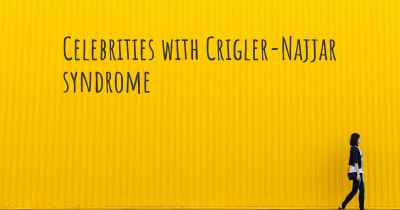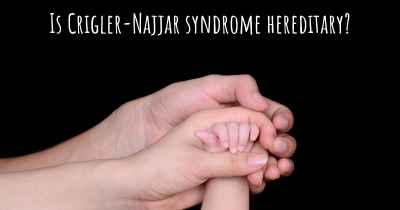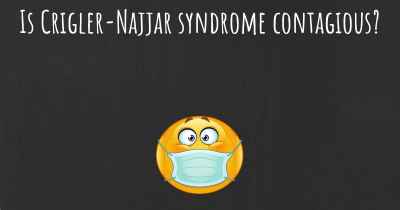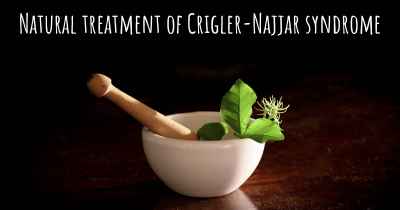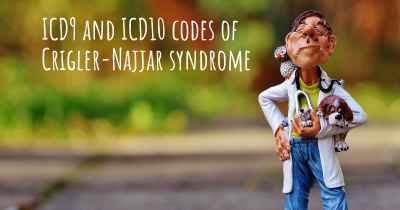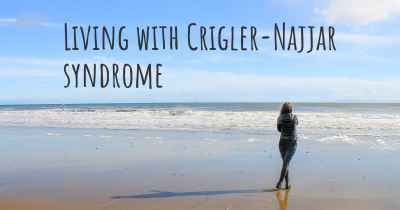What are the best treatments for Crigler-Najjar syndrome?
See the best treatments for Crigler-Najjar syndrome here
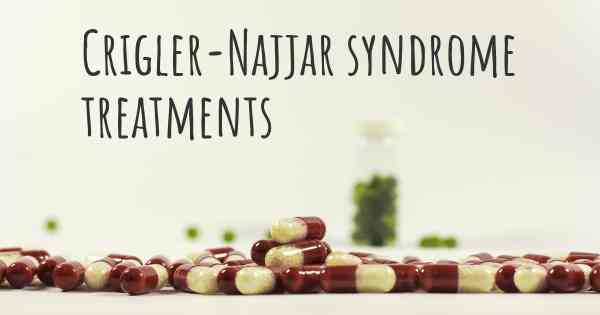
Crigler-Najjar syndrome is a rare genetic disorder characterized by the absence or severe deficiency of an enzyme called uridine diphosphate glucuronosyltransferase (UGT). This enzyme is responsible for the conjugation of bilirubin, a yellow pigment produced during the breakdown of red blood cells, making it water-soluble and easily excreted from the body. Without sufficient UGT activity, bilirubin accumulates in the blood, leading to a condition known as hyperbilirubinemia.
There are two types of Crigler-Najjar syndrome: type 1 and type 2. Type 1 is the more severe form, with complete absence of UGT activity, while type 2 has some residual UGT activity. The primary symptom of both types is jaundice, which is the yellowing of the skin and eyes due to elevated bilirubin levels.
Although there is currently no cure for Crigler-Najjar syndrome, there are several treatment options available to manage the condition and improve the quality of life for affected individuals:
- Phototherapy: The most common and effective treatment for Crigler-Najjar syndrome is phototherapy. This involves exposing the skin to specific wavelengths of light, typically blue light, which helps convert the unconjugated bilirubin into a form that can be excreted by the body. Phototherapy is usually administered using a special light-emitting device called a phototherapy lamp or bilirubin blanket. The duration and frequency of phototherapy sessions may vary depending on the individual's bilirubin levels and response to treatment.
- Liver transplantation: In severe cases of Crigler-Najjar syndrome, where phototherapy alone is insufficient to control bilirubin levels, a liver transplantation may be considered. This procedure involves replacing the diseased liver, which lacks UGT activity, with a healthy liver from a donor. Liver transplantation can provide a long-term solution by restoring normal bilirubin metabolism. However, it is a major surgical procedure with associated risks and complications, and finding a suitable donor can be challenging.
- Gene therapy: Another promising approach for the treatment of Crigler-Najjar syndrome is gene therapy. This experimental technique aims to introduce functional copies of the UGT gene into the patient's liver cells, thereby restoring UGT activity. Gene therapy holds great potential as a long-term treatment option, but it is still in the early stages of development and requires further research and clinical trials to ensure its safety and efficacy.
- Phenobarbital: In some cases, the medication phenobarbital may be prescribed to individuals with Crigler-Najjar syndrome. Phenobarbital is a barbiturate that can increase the liver's production of UGT enzymes, thereby enhancing bilirubin conjugation and clearance. However, its effectiveness varies among individuals, and it may not be suitable for everyone due to potential side effects and drug interactions. Close monitoring of bilirubin levels and liver function is necessary when using phenobarbital.
- Lifestyle modifications: Alongside medical interventions, certain lifestyle modifications can help individuals with Crigler-Najjar syndrome manage their condition. These include maintaining a healthy diet to support liver function, avoiding substances that can further burden the liver (such as alcohol and certain medications), and staying hydrated to promote optimal bilirubin excretion.
It is crucial for individuals with Crigler-Najjar syndrome to receive regular medical monitoring and follow-up care. This involves frequent blood tests to assess bilirubin levels, liver function, and overall health. Additionally, genetic counseling may be beneficial for affected individuals and their families to understand the inheritance pattern and potential risks for future generations.
In conclusion, while there is no cure for Crigler-Najjar syndrome, treatment options such as phototherapy, liver transplantation, gene therapy, phenobarbital, and lifestyle modifications can help manage the condition and improve the quality of life for individuals with this rare genetic disorder.
